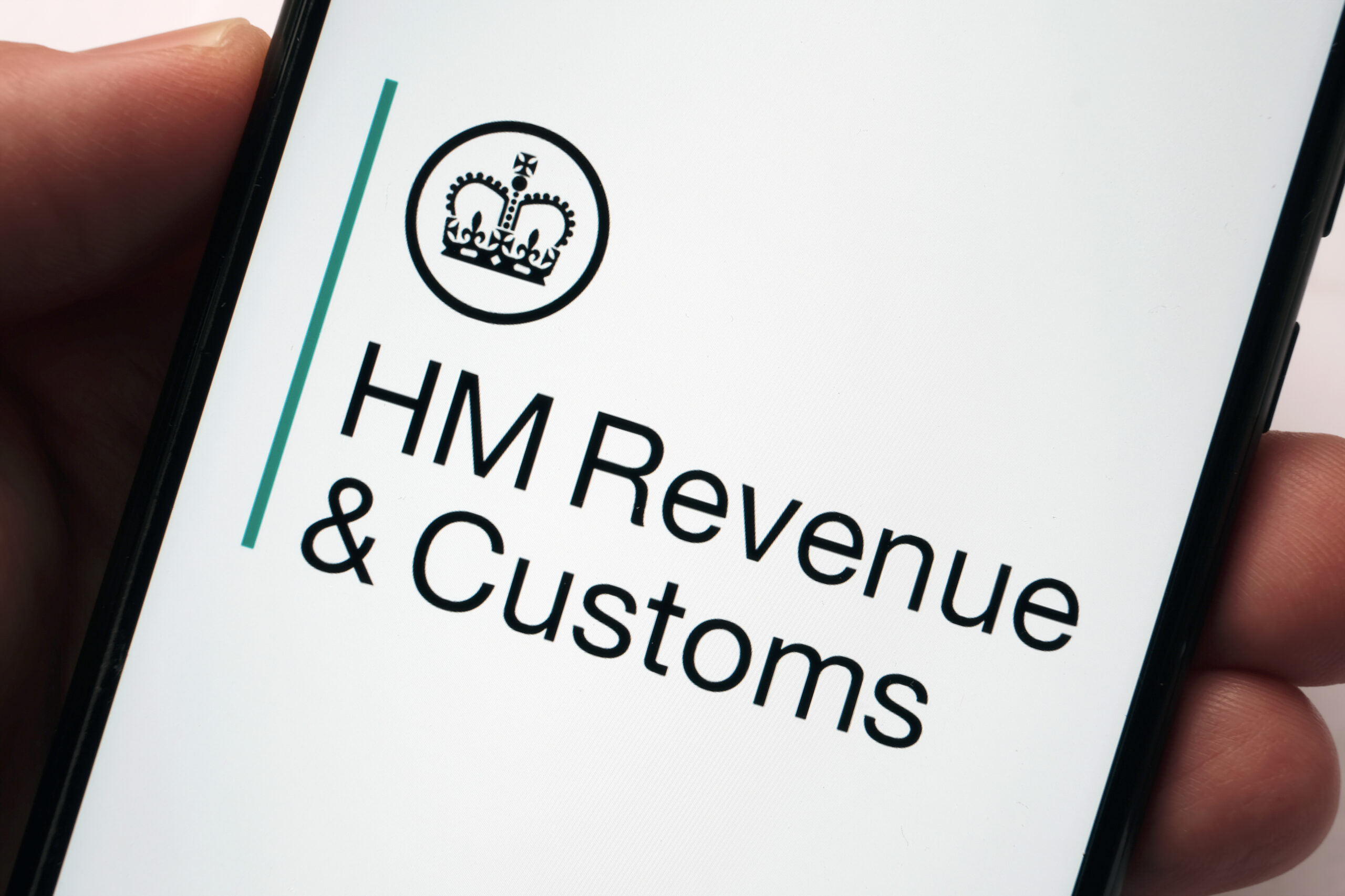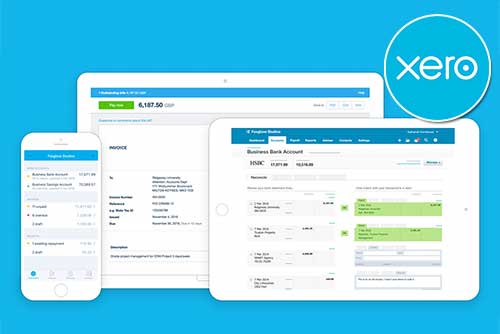What is Equity in Business: A Comprehensive Guide
Equity, a fundamental term within the business dictionary, is crucial for board members and investors. This guide clarifies the concept of equity in a business setting, focusing on:
- The definition of equity and its importance
- Various forms of equity
- The relationship between equity, assets, and liabilities
- Equity’s role in ownership and decision-making
What is Equity?
Equity is what’s left for a business’s owners once all its debts are paid off. Imagine selling everything a company owns and using that money to clear all its debts. The money left over is called equity.
It’s an important number because it shows how much the company is really worth, how healthy its finances are, and whether it’s in a good position to pay off what it owes while still growing.
How To Calculate Your Equity
Understanding your business’s equity is crucial for assessing its financial standing. Essentially, equity represents your company’s net worth or the value of your ownership stake after all debts have been paid. It’s calculated using a simple equation:
Equity = Assets – Liabilities
This calculation is typically reflected in your company’s balance sheet, a crucial financial document that outlines your assets, liabilities, and equity at a given moment. Here’s how to approach this calculation:
- Identify Assets: Total all company-owned valuables, including cash, accounts receivable, inventory, property, and patents.
- Calculate Liabilities: Sum up what the company owes, like loans, accounts payable, and wages.
- Determine Equity: Subtract the total liabilities from total assets.
For example, a business with £100,000 in assets and £70,000 in liabilities holds an equity value of £30,000. This figure represents what shareholders would receive if the company liquidated its assets to pay off all debts.
Exploring the Dynamics of Equity, Assets, and Liabilities
The interplay between equity, assets, and liabilities forms the cornerstone of a company’s financial structure. Equity fluctuates in response to changes in assets and liabilities: it increases when assets grow, or liabilities diminish and decreases with a drop in assets or a rise in liabilities.
Understanding the Equity-Asset Connection
Assets and equity are fundamentally linked in the business ecosystem. Assets encompass everything a company owns, ranging from tangible items like property and machinery to intangible assets such as trademarks and patents, including liquid assets like cash and accounts receivable. Equity, then, is the net value of these assets after settling all liabilities. It defines the residual stake in the company’s assets after discharging all obligations.
To illustrate this concept, consider the following example in bullet points:
- If a business has £30,000 in total assets and £27,000 in total liabilities,
- The equity would be £3,000.
- This means that after paying off all its debts, the business would be left with £3,000.
- This remaining value is the company’s equity and expresses the ownership stake of the business’s shareholders or owners.
How Equity Relates to Liabilities
Liabilities represent the financial responsibilities a company holds towards others, including loans, accounts payable, taxes, and employee wages. These obligations are essential for financing growth or managing operational expenses but have a direct impact on a company’s equity.
For example, if a business possesses assets worth £50,000 but is burdened with £60,000 in liabilities, its equity stands at -£10,000, signalling an inability to cover its debts with current assets. Conversely, a scenario where the assets total £100,000 against £60,000 in liabilities reflects a positive equity of £40,000, indicating a healthy financial stance.
A pivotal metric in this context is the debt-to-equity (D/E) ratio, which measures a company’s total debt against its equity. This ratio is critical for investors to assess leverage and risk, where a higher D/E ratio might suggest excessive debt in comparison to equity, potentially deterring investment.
Equity as a Measure of Ownership
Equity is a fundamental indicator of ownership in a business. It reflects the residual value to owners or shareholders after assets are liquidated and liabilities settled. This measure serves as a vital gauge of a company’s financial stature and potential for growth or decline.
In essence, an increase in equity signals a boost in business value, advantageous for owners or shareholders for purposes like securing loans or drawing in new investments. Conversely, diminishing equity, a result of escalating liabilities, indicates declining business value, complicating efforts to attract investment or loans.
Equity not only offers a snapshot of financial health but also shapes strategic business decisions. Companies with robust equity may pursue expansion or new ventures, while those with weakened equity might need to focus on debt reduction or asset augmentation.
Equity influences capital-raising strategies. Businesses with substantial equity might issue shares to gather funds, unlike those with lesser equity, who may lean towards loans or other debt mechanisms, affecting the company’s financial framework and growth funding capability.
Conclusion
Understanding equity in business is not just about knowing its definition or how to calculate it. It’s about comprehending its implications on business ownership, financial health, and decision-making. Equity is a critical tool for assessing a company’s worth, ability to pay off debts, and potential for growth. Entrepreneurs, investors, and stakeholders must have a solid understanding of equity to make informed decisions and strategies.





















